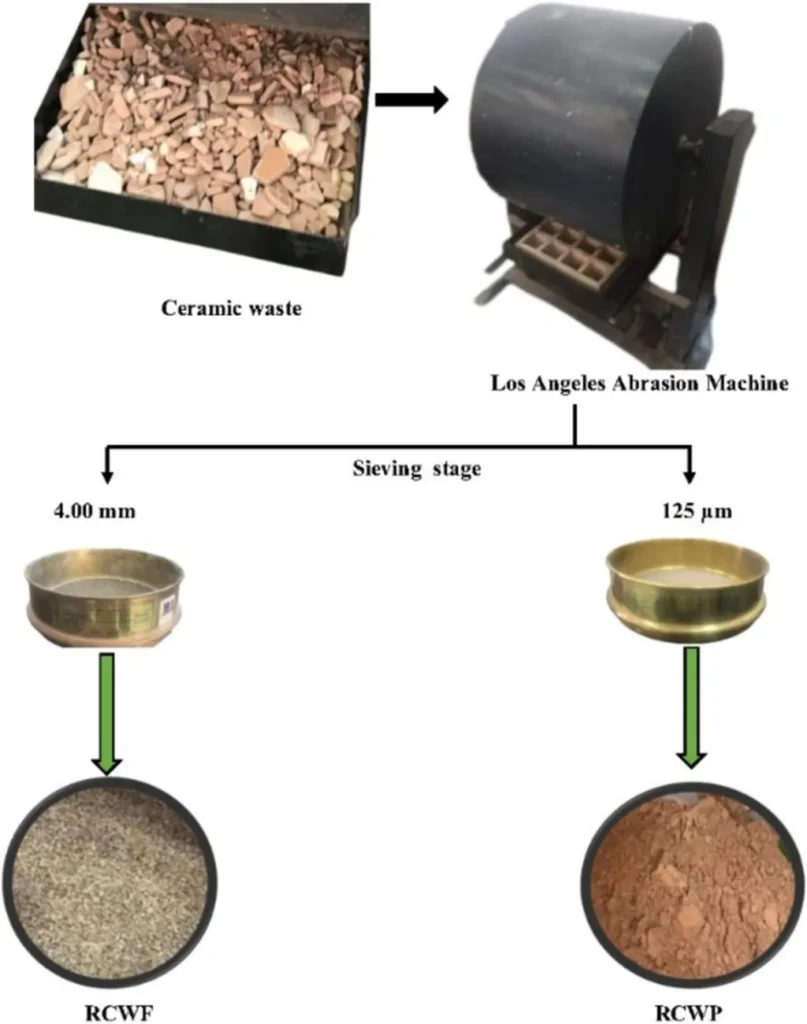In the quest for sustainable construction materials, researchers have turned their attention to an often-overlooked resource: waste Ultra-High-Performance Concrete (UHPC). A recent study led by Xianliang Zhou from the School of Architecture and Civil Engineering at Xihua University in Chengdu, China, has shed light on the potential of recycled UHPC fine aggregates (R-UHPC-FA) to enhance the performance of mortar. The findings, published in the journal ‘Developments in the Built Environment’ (which translates to ‘建筑环境发展’ in Chinese), offer promising insights for the construction and energy sectors.
The study investigated the impact of varying replacement ratios of R-UHPC-FA on the physical, mechanical, shrinkage, and frost resistance properties of mortar. The results were compelling. As the content of R-UHPC-FA increased, the flowability of the mortar decreased, but its density initially increased before decreasing, while water absorption followed an inverse trend. Notably, at 28 days, the compressive and flexural strengths of mortar containing 100% R-UHPC-FA improved by up to 8.43% and 25.16%, respectively, compared to mortars without R-UHPC-FA.
“These improvements in mechanical properties and durability are attributed to the dual effects of steel fibers and highly active substances in R-UHPC-FA,” explained Zhou. The study also found that a 100% replacement ratio reduced drying shrinkage and enhanced frost resistance, making it the optimal replacement rate.
The implications for the construction and energy sectors are significant. As the demand for sustainable and high-performance building materials grows, the recycling of UHPC fine aggregates presents a viable solution. This research could pave the way for more environmentally friendly construction practices, reducing waste and improving the efficiency of building materials.
Moreover, the enhanced mechanical properties and durability of mortar containing R-UHPC-FA could lead to more robust and long-lasting structures, reducing maintenance costs and improving safety. For the energy sector, this could mean more efficient and durable infrastructure for renewable energy projects, such as wind turbines and solar farms, which require materials that can withstand harsh environmental conditions.
As the construction industry continues to evolve, the integration of recycled materials like R-UHPC-FA could become a standard practice, driven by both environmental concerns and economic incentives. This research not only highlights the potential of recycled UHPC fine aggregates but also underscores the importance of ongoing innovation in sustainable construction materials.
In the words of Zhou, “The future of construction lies in our ability to innovate and adapt, using the resources we have more wisely and sustainably.” This study is a step in that direction, offering a glimpse into a future where waste is minimized, and performance is maximized.

